Themed collection Most popular 2021 physical and theoretical chemistry articles, 2021

Automation isn't automatic
The process of automating chemistry involves a wide variety of considerations that are often overlooked.
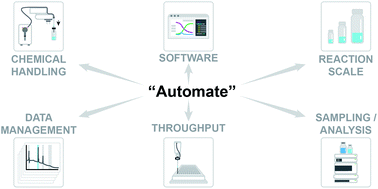
Chem. Sci., 2021,12, 15473-15490
https://doi.org/10.1039/D1SC04588A
Conceptual density functional theory based electronic structure principles
In this review article, we intend to highlight the basic electronic structure principles and various reactivity descriptors as defined within the premise of conceptual density functional theory (CDFT).

Chem. Sci., 2021,12, 6264-6279
https://doi.org/10.1039/D0SC07017C
Can we predict materials that can be synthesised?
Materials discovery is a crucial yet experimentally slow and wasteful process. We discuss how discovery can be accelerated by focusing on making predictions that are synthetically realisable.
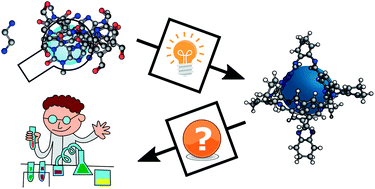
Chem. Sci., 2021,12, 830-840
https://doi.org/10.1039/D0SC04321D
Fine-tuning the spike: role of the nature and topology of the glycan shield in the structure and dynamics of the SARS-CoV-2 S
The N-glycans structures affect the mechanistic properties of the SARS-CoV-2 S, fine-tuning the glycoprotein. The evolution of the glycan shield led to the loss of N370 glycosylation in SARS-CoV-2 S, where the RBD cleft can bind host-cell glycans.
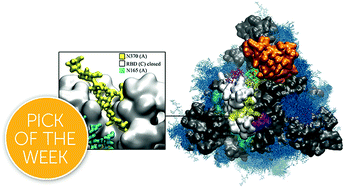
Chem. Sci., 2022,13, 386-395
https://doi.org/10.1039/D1SC04832E
Discovery of SARS-CoV-2 Mpro peptide inhibitors from modelling substrate and ligand binding
The main protease (Mpro) of SARS-CoV-2 is central to viral maturation and is a promising drug target. In silico methods reveal structural aspects of how it binds to its 11 natural cleavage sites, the design of novel peptide inhibitors, and insights into drug design.

Chem. Sci., 2021,12, 13686-13703
https://doi.org/10.1039/D1SC03628A
Real-time prediction of 1H and 13C chemical shifts with DFT accuracy using a 3D graph neural network
From quantum chemical and experimental NMR data, a 3D graph neural network, CASCADE, has been developed to predict carbon and proton chemical shifts. Stereoisomers and conformers of organic molecules can be correctly distinguished.

Chem. Sci., 2021,12, 12012-12026
https://doi.org/10.1039/D1SC03343C
Temperature artifacts in protein structures bias ligand-binding predictions
Temperature artifacts in protein structures impact the utility of structural information in computation by misleading validation and application of computational methods in discovering bioactive molecules.
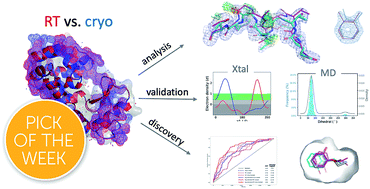
Chem. Sci., 2021,12, 11275-11293
https://doi.org/10.1039/D1SC02751D
Sensitization-initiated electron transfer via upconversion: mechanism and photocatalytic applications
A full picture of a new multi-photon excitation mechanism relying on sTTA upconversion is provided, together with selected photocatalytic applications. All mechanistic steps are investigated and the catalytically active species is observed directly.

Chem. Sci., 2021,12, 9922-9933
https://doi.org/10.1039/D1SC02085D
A color-tunable single-component luminescent molecule with multiple emission centers
Color tunable luminescent materials with multiple emission centers showing delayed fluorescence, single molecular phosphorescence and aggregated molecular phosphorescence are achieved, along with time-dependent and excitation-dependent properties.

Chem. Sci., 2021,12, 9201-9206
https://doi.org/10.1039/D1SC02094C
Predicting enzymatic reactions with a molecular transformer
The enzymatic transformer was trained with a combination of patent reactions and biotransformations and predicts the structure and stereochemistry of enzyme-catalyzed reaction products with remarkable accuracy.
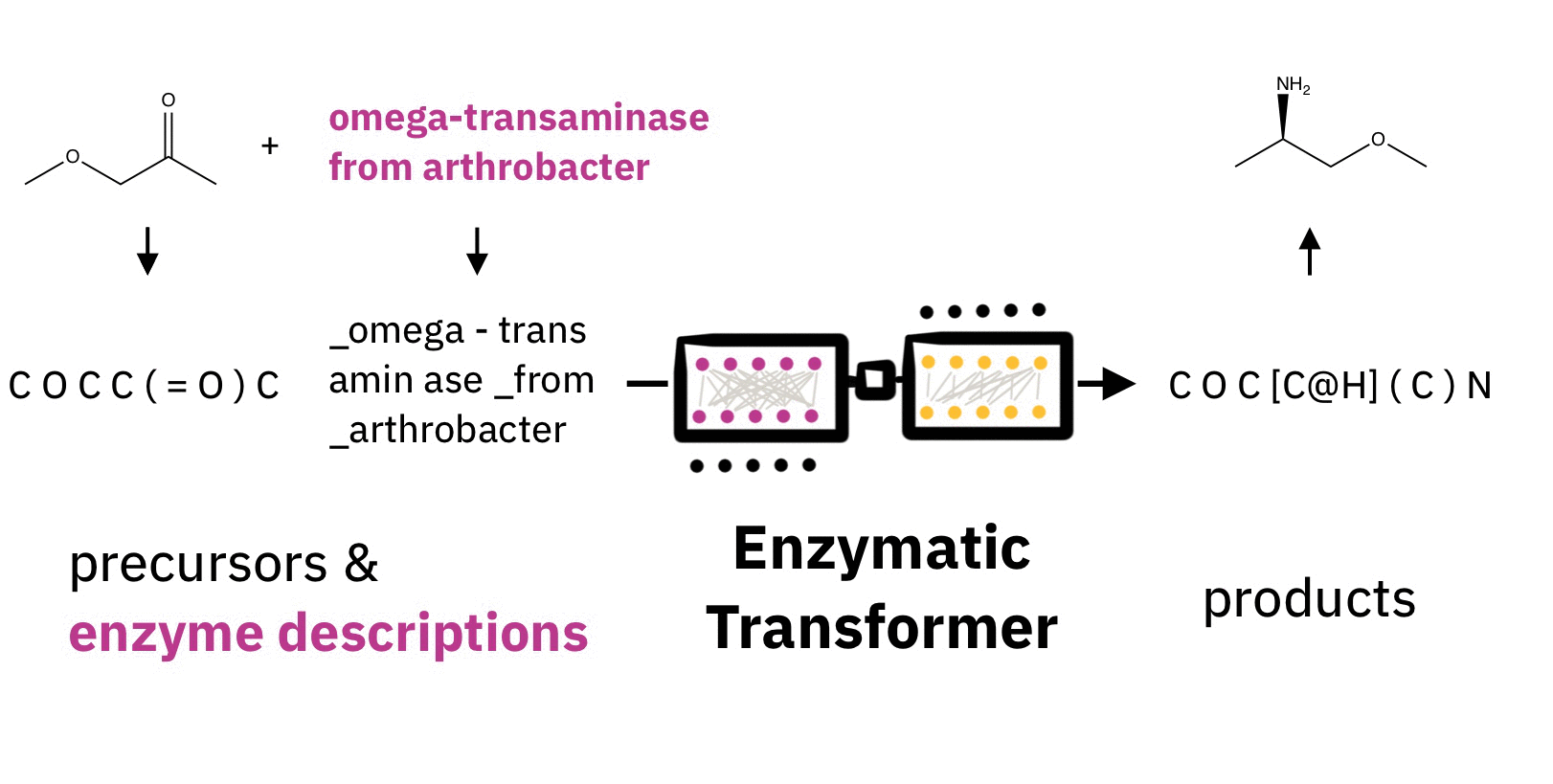
Chem. Sci., 2021,12, 8648-8659
https://doi.org/10.1039/D1SC02362D
DeepFrag: a deep convolutional neural network for fragment-based lead optimization
DeepFrag is a machine-learning model designed to assist with lead optimization. It recommends appropriate fragment additions given the 3D structures of a protein receptor and bound small-molecule ligand.
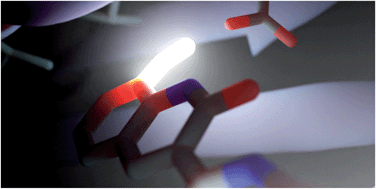
Chem. Sci., 2021,12, 8036-8047
https://doi.org/10.1039/D1SC00163A
Beyond generative models: superfast traversal, optimization, novelty, exploration and discovery (STONED) algorithm for molecules using SELFIES
Interpolation and exploration within the chemical space for inverse design.

Chem. Sci., 2021,12, 7079-7090
https://doi.org/10.1039/D1SC00231G
Efficient and organic host–guest room-temperature phosphorescence: tunable triplet–singlet crossing and theoretical calculations for molecular packing
Molecular dynamics simulations were used to simulate the molecular conformation and interaction between hosts and guests. This work provides a new concept for the study of molecular packing for the investigation of the luminescence mechanism.

Chem. Sci., 2021,12, 6518-6525
https://doi.org/10.1039/D1SC01175H
Calculation of absolute molecular entropies and heat capacities made simple
A novel scheme for the automated calculation of the conformational entropy together with a modified thermostatistical treatment provides entropies with unprecedented accuracy even for large, complicated molecules.

Chem. Sci., 2021,12, 6551-6568
https://doi.org/10.1039/D1SC00621E
Accelerated AI development for autonomous materials synthesis in flow
A surrogate model is designed to represent a microfluidic material synthesis system using 1000 automatically conducted experiments. With this model, over 600 000 experiments are simulated to optimize an AI-guided material synthesis algorithm.

Chem. Sci., 2021,12, 6025-6036
https://doi.org/10.1039/D0SC06463G
High-resolution mining of the SARS-CoV-2 main protease conformational space: supercomputer-driven unsupervised adaptive sampling
We provide an unsupervised adaptive sampling strategy capable of producing μs-timescale molecular dynamics (MD) simulations of large biosystems using many-body polarizable force fields (PFFs).
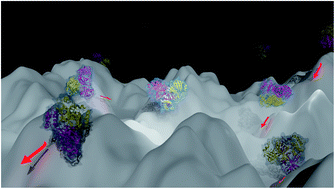
Chem. Sci., 2021,12, 4889-4907
https://doi.org/10.1039/D1SC00145K
A feasible approach for automatically differentiable unitary coupled-cluster on quantum computers
We develop computationally affordable and encoding independent gradient evaluation procedures for unitary coupled-cluster type operators, applicable on quantum computers.

Chem. Sci., 2021,12, 3497-3508
https://doi.org/10.1039/D0SC06627C
Retrosynthetic accessibility score (RAscore) – rapid machine learned synthesizability classification from AI driven retrosynthetic planning
The retrosynthetic accessibility score (RAscore) is based on AI driven retrosynthetic planning, and is useful for rapid scoring of synthetic feasability and pre-screening of large datasets of virtual/generated molecules.
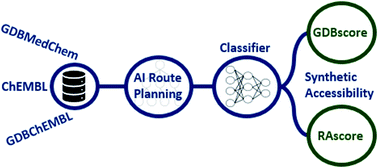
Chem. Sci., 2021,12, 3339-3349
https://doi.org/10.1039/D0SC05401A
Predicting glycosylation stereoselectivity using machine learning
A random forest algorithm, trained on a concise dataset and validated experimentally, accurately predicts the stereoselectivity of a complex organic coupling varying all reaction parameters as well as previously unknown mechanistic influences.

Chem. Sci., 2021,12, 2931-2939
https://doi.org/10.1039/D0SC06222G
Insight into the drastically different triplet lifetimes of BODIPY obtained by optical/magnetic spectroscopy and theoretical computations
The electron spin polarization inversion and anisotropic decay of triplet substates explain the short triplet state lifetime of BODIPY derivatives.
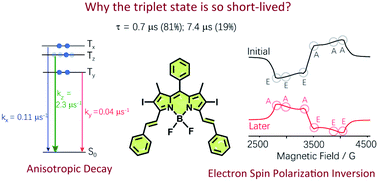
Chem. Sci., 2021,12, 2829-2840
https://doi.org/10.1039/D0SC05494A
Relating atomic energy, radius and electronegativity through compression
Compression is used to derive a long sought-after connection between two central chemical concepts – van-der-Waals (vdW) radii and electronegativity – and how these relate to the driving forces behind chemical and physical transformations.

Chem. Sci., 2021,12, 2397-2403
https://doi.org/10.1039/D0SC06675C
How many water molecules are needed to solvate one?
How quantum spectroscopic simulations can explain water solvation by comparison with experimental spectra.

Chem. Sci., 2021,12, 2060-2064
https://doi.org/10.1039/D0SC05785A
BonDNet: a graph neural network for the prediction of bond dissociation energies for charged molecules
Prediction of bond dissociation energies for charged molecules with a graph neural network enabled by global molecular features and reaction difference features between products and reactants.
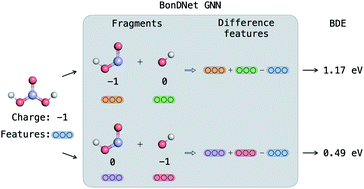
Chem. Sci., 2021,12, 1858-1868
https://doi.org/10.1039/D0SC05251E
Consistent inclusion of continuum solvation in energy decomposition analysis: theory and application to molecular CO2 reduction catalysts
Extension of ALMO-EDA to include contributions from continuum solvent and application to electro- and photochemical CO2 reduction catalysts.
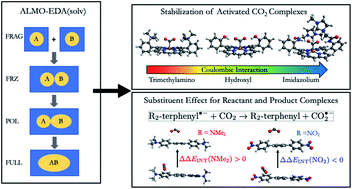
Chem. Sci., 2021,12, 1398-1414
https://doi.org/10.1039/D0SC05327A
Mechanism of inhibition of SARS-CoV-2 Mpro by N3 peptidyl Michael acceptor explained by QM/MM simulations and design of new derivatives with tunable chemical reactivity
QM/MM simulations identify the mechanism of reaction of N3, a covalent peptidyl inhibitor of SARS-CoV-2 main protease. Modelling of two novel proposed compounds, B1 and B2, suggests that reversibility of covalent inhibition could be tailored.
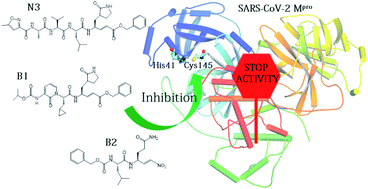
Chem. Sci., 2021,12, 1433-1444
https://doi.org/10.1039/D0SC06195F
Inhibitor binding influences the protonation states of histidines in SARS-CoV-2 main protease
The main protease (Mpro) of severe acute respiratory syndrome coronavirus 2 (SARS-CoV-2) is an attractive target for antiviral therapeutics.
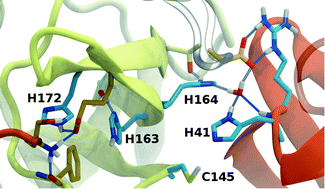
Chem. Sci., 2021,12, 1513-1527
https://doi.org/10.1039/D0SC04942E
Universal quenching of common fluorescent probes by water and alcohols
Overtones and combinations of O–H vibrations in the solvent efficiently quench red-emitting fluorophores by resonant energy transfer.

Chem. Sci., 2021,12, 1352-1362
https://doi.org/10.1039/D0SC05431C
Machine learning meets mechanistic modelling for accurate prediction of experimental activation energies
Hybrid reactivity models, combining mechanistic calculations and machine learning with descriptors, are used to predict barriers for nucleophilic aromatic substitution.
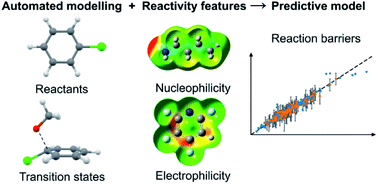
Chem. Sci., 2021,12, 1163-1175
https://doi.org/10.1039/D0SC04896H
Unusual light-driven amplification through unexpected regioselective photogeneration of five-membered azaheterocyclic AIEgen
A multifunctional, AIE-based, fused five-membered azaheterocycle is photogenerated with light-driven amplification to combat the photobleaching issue and fabricate display materials.

Chem. Sci., 2021,12, 709-717
https://doi.org/10.1039/D0SC04725B
Discovery of cryptic allosteric sites using reversed allosteric communication by a combined computational and experimental strategy
Using reversed allosteric communication, we performed MD simulations, MSMs, and mutagenesis experiments, to discover allosteric sites. It reproduced the known allosteric site for MDL-801 on Sirt6 and uncovered a novel cryptic allosteric Pocket X.
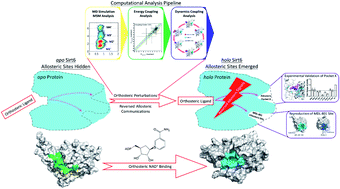
Chem. Sci., 2021,12, 464-476
https://doi.org/10.1039/D0SC05131D
About this collection
This specially curated collection pulls together some of the most popular articles from 2021 in the field of physical and theoretical chemistry. The collection presents some outstanding contributions to the field, ranging from fundamental questions in the solvation chemistry of water, through to advances in machine learning and AI applied to diverse chemical problems such as retrosynthesis and predicting activation energies, and – as with all Chemical Science articles – they are all completely free to access and read. We hope you enjoy browsing through this collection.
If a particular article has inspired you, do feel free to share on social media using the buttons on each article landing page and use our hashtag: #ChemSciMostPopular